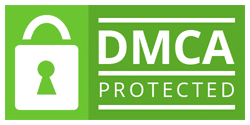explicit and implicit attitudes and measurement 600 words
Attitude measures can be categorized into two broad categories: explicit and implicit. In explicit or direct measures, researchers directly ask individuals to report their attitudes. The most common method of measuring explicit attitudes is the self-report questionnaire. In some cases, however, individuals may not report their true attitudes in an effort to make a favorable impression or, as covered in this week’s Discussion, because they simply lack awareness of their underlying attitudes toward particular objects, issues, things, or people.
In implicit or indirect measures, researchers do not directly ask individuals to report their attitudes. Implicit measures, such as priming techniques and implicit association tests, have become a popular method for assessing attitudes because they are less likely to be influenced by social desirability.
For this Assignment, review this week’s Learning Resources and reflect on whether or not individuals have attitudes and beliefs outside of conscious awareness (i.e., implicit attitudes). As applied to attitude measurement, consider reliability and validity of implicit measures.
In the essay,
- Explain your position on whether or not individuals have attitudes and beliefs of which they are unaware. (Position: Yes)
- Explain whether or not you think that implicit measures are capable of accurately measuring attitudes and beliefs.
APA style.
Support your position with references to the Learning Resources and other scholarly literature.





